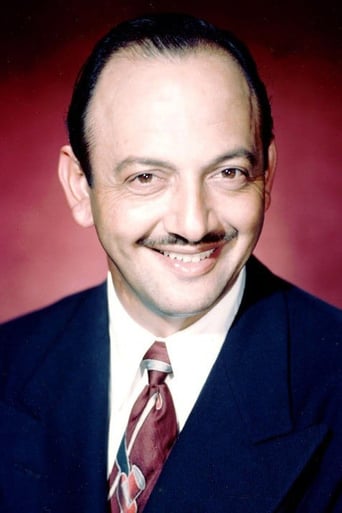Brian Camp
"Hysterical High Spots in American History" (1941) is a Technicolor cartoon from Walter Lantz that offers a six-and-a-half-minute survey of scenes from New World and American history with obvious gags added to them, e.g. the first Thanksgiving ("Thank you," "Thank you," etc.), the call to arms of the Minutemen ("Okay, wait a minute, just a minute, gimme a minute"), and Lincoln's Gettysburg address (take a wild guess). It starts out with Columbus (who looks through a telescope when land is spotted and sees a movie marquee advertising a Universal Pictures double feature, "It's a Date" with "Seven Sinners") and moves on to Ponce de Leon and the Fountain of Youth, the Spanish missions, the Pilgrims, the Revolution, the Gold Rush, various technical marvels of the 19th Century, the stock market crash, the Depression and the New Deal, ending up with the Draft Bill and peacetime conscription.Some of the less obvious gags include a cute take on the Indians' sale--at auction!--of Manhattan Island ("Sold to the little Dutchman for 24 dollars!"). George Washington is seen throwing a coin across the Potomac only to get trampled in the rush to retrieve it. Robert Fulton stands on his sinking steamboat and comments, "Confidentially, it sinks." Thomas Edison makes his first recording of "Mary Had a Little Lamb" and plays it back, only to hear it in the voice of a character from a then-popular radio comedy, "Fibber McGee and Molly." The best gag takes place at the mission at San Juan Capistrano in California and involves a darkly humorous reference to the famous song, "When the Swallows Come Back to Capistrano." There are a couple of old spinsters, Brandy and Kerzina, who get excited when the soldiers come marching through, first during the Revolution and then…well, let's just say they pop up unexpectedly much later.It's never very funny, but it's consistently amusing and generates a chuckle or two. Besides, it's always exciting to watch American history being given the full-blown studio cartoon treatment and noting what's covered and what's not (i.e., what lends itself to easy gag treatment and what doesn't). It's all done very well, with detailed background art and varying character design for some of the famous figures depicted, cartoonish for some (Columbus, Robert Fulton), but much more lifelike for others (Washington, Samuel Morse, Thomas Edison). The Edison scene is remarkably detailed, not just in the animated depiction of Edison himself, but in the reproduction of the Edison cylinder phonograph, although what we see is clearly a later model and not an exact duplicate of the original machine on which the recording was made. This cartoon is found in the Woody Woodpecker and Friends Classic Cartoon Collection DVD box set.
